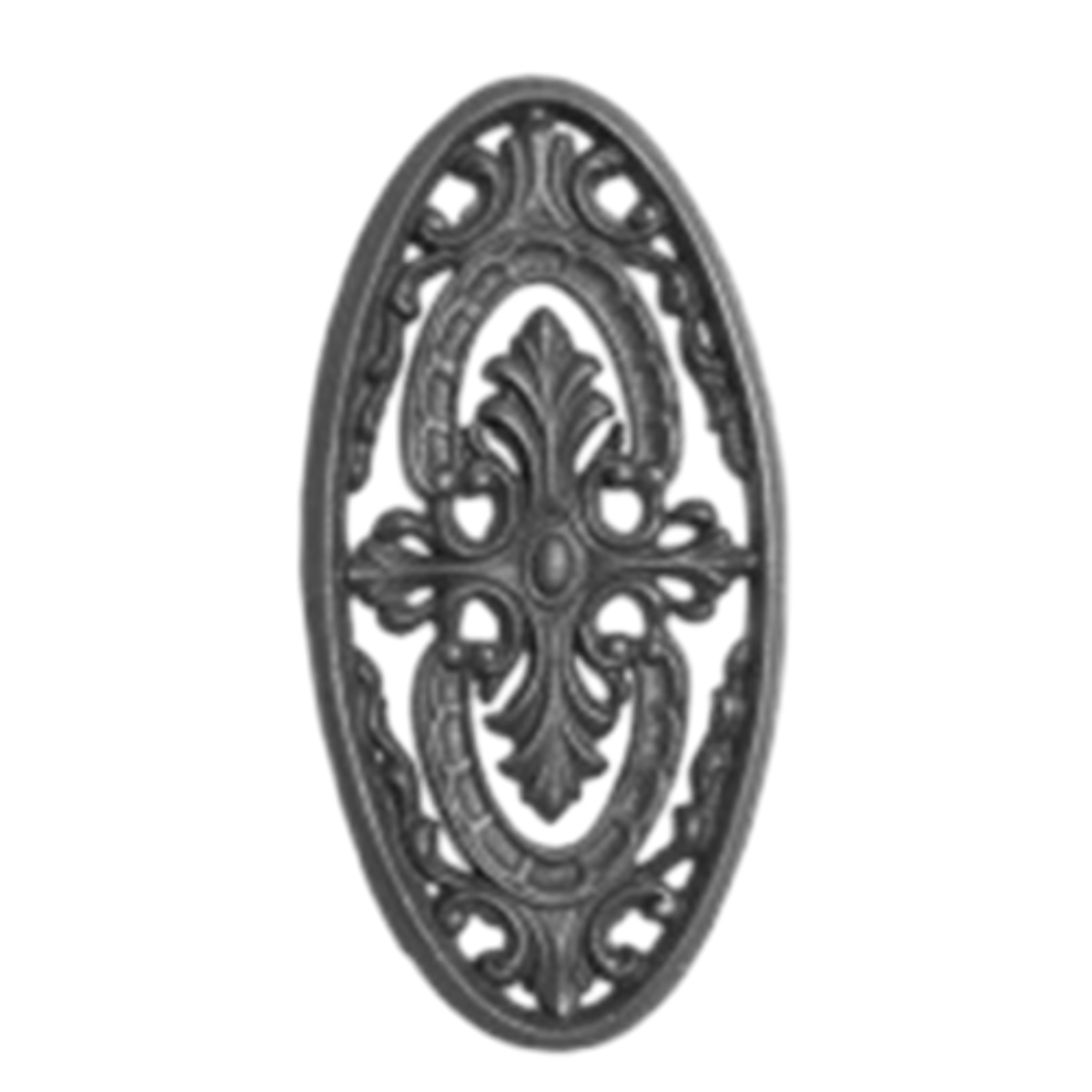Exploring the Benefits and Applications of Cast Iron Castings in Modern Manufacturing
Understanding Cast Iron Castings A Comprehensive Overview
Cast iron castings are essential components in various industries, known for their durability, versatility, and cost-effectiveness. This material has been used for centuries, dating back to ancient times, and continues to play a significant role in modern manufacturing processes.
The process of creating cast iron castings involves melting iron and adding a specific percentage of carbon, usually between 2% to 4%. This composition gives cast iron its unique properties, including excellent fluidity, allowing it to fill intricate molds. The melting point of cast iron is lower than that of steel, which facilitates easier casting.
There are several types of cast iron, each with distinct characteristics and applications. The most common types include gray iron, ductile iron, white iron, and malleable iron. Gray iron, known for its graphite flakes, is widely used in automotive components, machine tool frames, and pipe fittings. Its excellent machinability and vibration-dampening properties are significant advantages. Ductile iron, on the other hand, boasts enhanced tensile strength and ductility, making it ideal for applications requiring higher strength, such as automotive gears and structural components.
cast iron castings

The casting process itself can be categorized into various methods, including sand casting, investment casting, and die casting. Sand casting is the most prevalent method due to its flexibility and low cost. It involves creating molds from sand, which can easily be shaped and reused. Investment casting, known for its precision, uses a wax pattern coated in a ceramic shell. This method is particularly beneficial for complex shapes and small runs of high-precision parts.
The benefits of cast iron castings extend beyond their manufacturing ease. They exhibit excellent wear resistance, making them suitable for heavy-duty applications. Additionally, cast iron is capable of withstanding high temperatures, making it ideal for engine blocks and other heat-intensive components.
However, it is important to note that cast iron castings also have their limitations. They are relatively brittle compared to other materials, which can lead to cracking under certain stress conditions. Therefore, careful design and analysis are essential during the manufacturing process to ensure safety and performance.
In conclusion, cast iron castings are a fundamental aspect of many industries due to their unique combination of durability, versatility, and economical advantages. Understanding the types, processes, and characteristics of cast iron is crucial for engineers and manufacturers alike. As technology advances, the applications of cast iron continue to evolve, promising a bright future for this age-old material in innovative manufacturing solutions.
-
Wrought Iron Components: Timeless Elegance and Structural StrengthNewsJul.28,2025
-
Window Hardware Essentials: Rollers, Handles, and Locking SolutionsNewsJul.28,2025
-
Small Agricultural Processing Machines: Corn Threshers, Cassava Chippers, Grain Peelers & Chaff CuttersNewsJul.28,2025
-
Sliding Rollers: Smooth, Silent, and Built to LastNewsJul.28,2025
-
Cast Iron Stoves: Timeless Heating with Modern EfficiencyNewsJul.28,2025
-
Cast Iron Pipe and Fitting: Durable, Fire-Resistant Solutions for Plumbing and DrainageNewsJul.28,2025
-
 Wrought Iron Components: Timeless Elegance and Structural StrengthJul-28-2025Wrought Iron Components: Timeless Elegance and Structural Strength
Wrought Iron Components: Timeless Elegance and Structural StrengthJul-28-2025Wrought Iron Components: Timeless Elegance and Structural Strength -
 Window Hardware Essentials: Rollers, Handles, and Locking SolutionsJul-28-2025Window Hardware Essentials: Rollers, Handles, and Locking Solutions
Window Hardware Essentials: Rollers, Handles, and Locking SolutionsJul-28-2025Window Hardware Essentials: Rollers, Handles, and Locking Solutions -
 Small Agricultural Processing Machines: Corn Threshers, Cassava Chippers, Grain Peelers & Chaff CuttersJul-28-2025Small Agricultural Processing Machines: Corn Threshers, Cassava Chippers, Grain Peelers & Chaff Cutters
Small Agricultural Processing Machines: Corn Threshers, Cassava Chippers, Grain Peelers & Chaff CuttersJul-28-2025Small Agricultural Processing Machines: Corn Threshers, Cassava Chippers, Grain Peelers & Chaff Cutters












